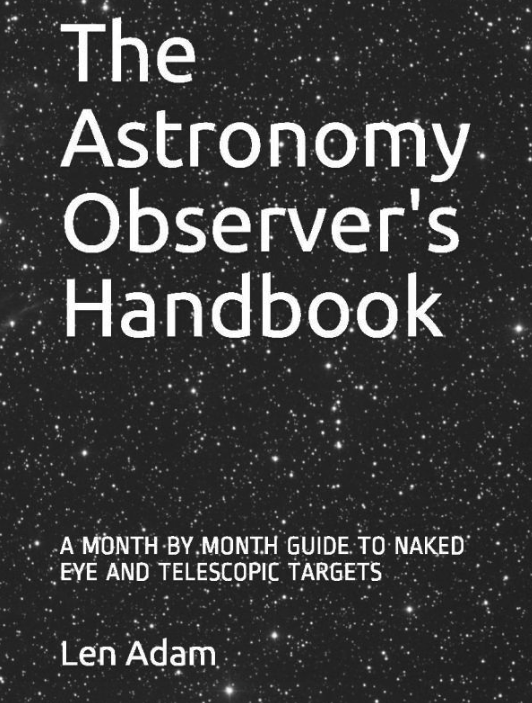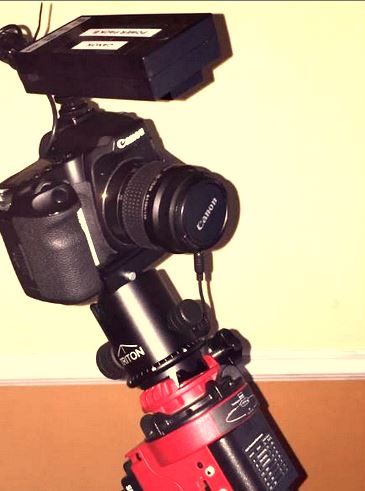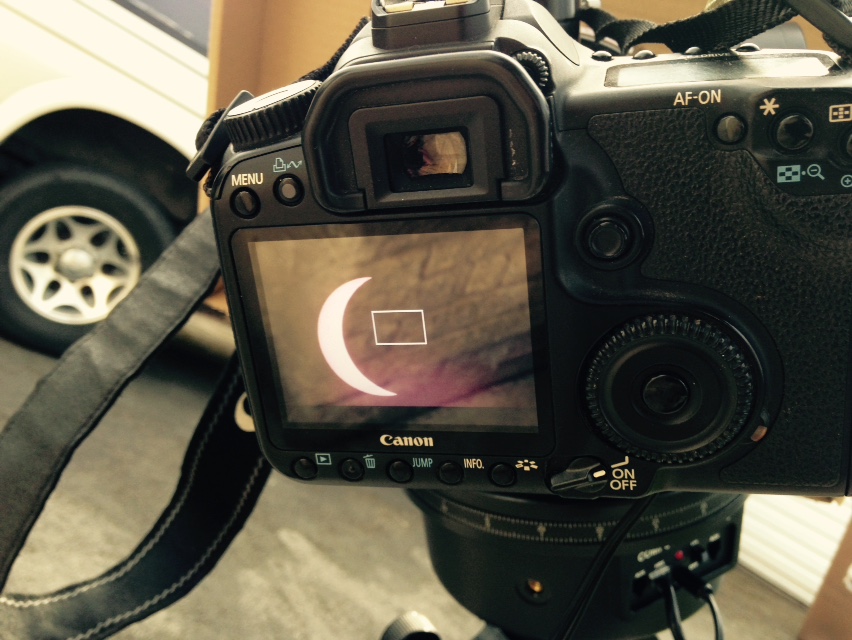Early morning stars
 Saturday, November 15, 2014 at 4:59AM
Saturday, November 15, 2014 at 4:59AM When I was 11 (many years ago) I was given a 1 inch drawtube telescope for Christmas, (I still have it). I can remember looking out a bedroom window at the bright star Betelgeuse with the telescope wondering why I could still only see a point of light - although it did dance around quite a lot like a little orange firefly. A few moments ago at 5.50 a.m.I was able to repeat that experience. It was cloudy yesterday and cloudy and very windy through the night so I had closed the external shutters in an attempt to reduce the noise. This morning it was dead calm so I opened the shutters and there was a very starry sky to the west. Orion was there and I used my old auction bought 8 X 30 Carl Zeiss binoculars to look at Betelgeuse and repeat the experience. It did bring back memories of using that 25mm telescope all those years ago. That was when my interest in astronomy started - fueled by a TV programme that started not long after that called "The Sky at Night". What caught my attention though this morning was the Hyades star cluster. I was never able to appreciate the Hyades because they were not immediately apparent - particularly through my bedroom window in Hartlepool with that little telescope! Through my bedroom window in the Sierra Cabrera mountain range in Southern Spain this morning half an hour ago it was a different matter. Aldebaran was brilliant and the stars of the Hyades stood out quite distinctly - ah well one more look out of the window and back to sleep I think.
 [Your Name Here] | Comments Off |
[Your Name Here] | Comments Off | 












